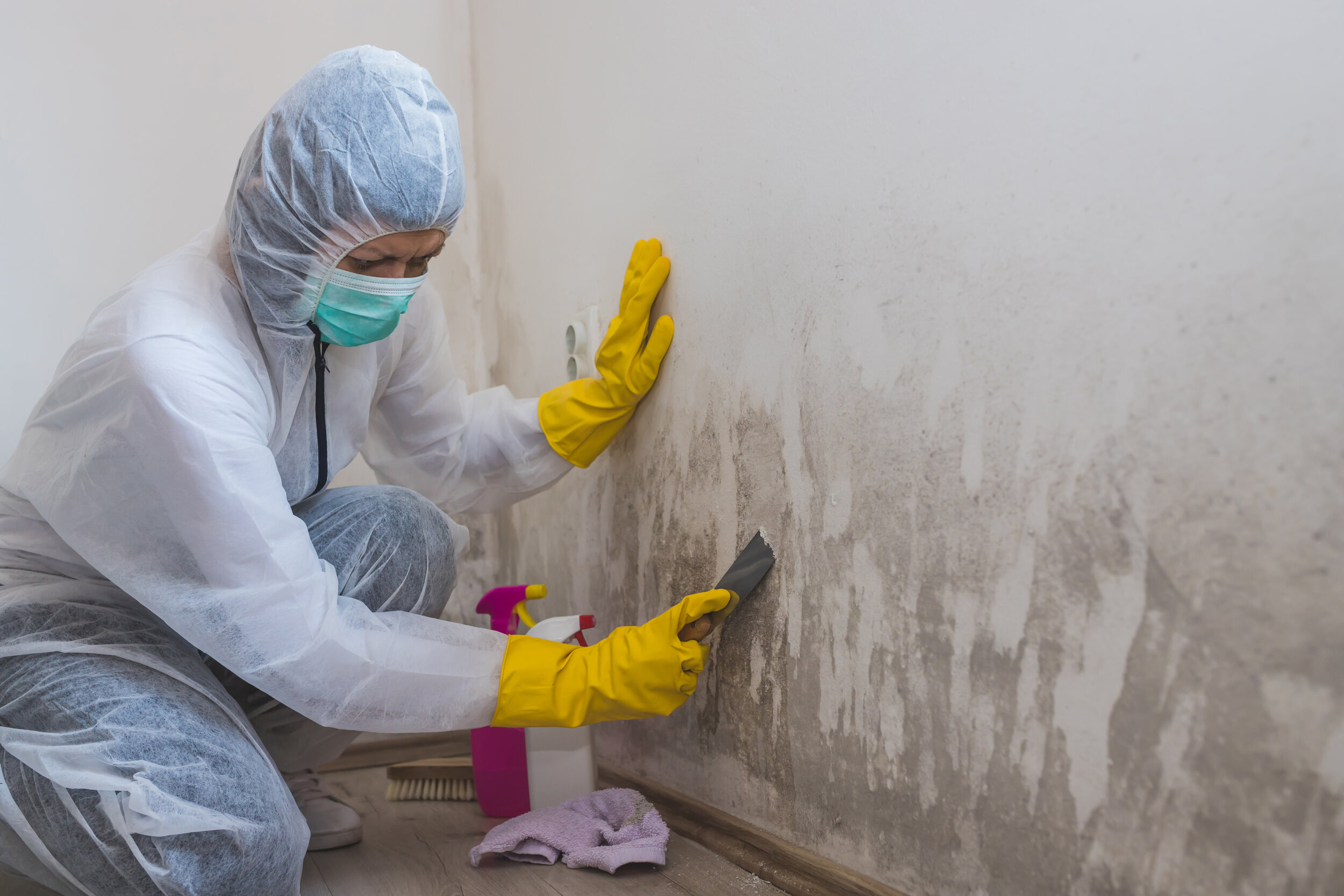Mold in the home
Cold, damp, dark or just sweltering warm; all these environments can cause mold in the home. Mold occurs on walls, floors and the ceiling and turns your home into a musty environment. But removing mold quickly prevents further spread and health problems.
Note: Mold in the home can be a health hazard. Therefore, when it covers large surfaces or persists, call in an expert quickly. Use our advice for new or limited mold spots.
What causes mold in the home?
Mold consists of small organisms, a very small type of fungi, and occurs in millions of different kinds. Fungi are airborne, enter the home with pets or on clothing, and grow in damp areas. You can recognize them by colored stains on the wall, floor and ceiling, or by a musty earthy smell.
Mold is almost always the result of excess moisture. This moisture condenses behind cupboards or on a cold exterior wall, creating the perfect environment for mold. If you don't take action, mold will continue to grow.
If the mold mainly develops at the bottom of the walls, close to the floor, you are probably dealing with a poorly ventilated crawl space or groundwater that is drawn into the walls.
If it occurs randomly, mold is probably the result of poor ventilation in your home. A house that is not aired regularly becomes more and more humid. Over time, this moisture will condense in corners and behind cupboards.
How To prevent mold in the house?
Air the house regularly and thoroughly so that the humidity decreases and mold does not stand a chance.
Check the humidity with a hygrometer and keep it between 40 and 60 percent.
Dry the laundry outside as much as possible.
After showering, always air the bathroom by opening a window or using an extraction system.
Always cook with the extractor hood on and put lids on the pans.
If the humidity remains too high despite these measures, a dehumidifier is a good next step. Here, you need to consider surface area, strength and sustainability. Do not hesitate to contact us for personalised advice.
How to get rid of mold?
The easiest way to combat fungi in the house is with a solution of Soda or bleach in water. Scrub the affected areas with a sponge or brush, making sure all traces have disappeared. If that doesn't work, Grottendieck Bezuidenhout has specialized products that combat strong mold.
Even if the smallest traces remain, the fungus can quickly return. Do not carry out repairs such as repainting until a few weeks after the treatment. This way you can be as certain as possible that the fungus will not return.
A bathroom with poor ventilation or a laundry room are almost impossible to be kept dry. Here, you can consider applying an anti-fungal paint for kitchens and bathrooms.
With porous surfaces, there is a good chance that the mold has penetrated so far into the material that the trash becomes the only option. Think of carpets, wallpaper and suspended ceilings.
Always take proper precautions before tackling fungi. Wear protective gloves, goggles and a face mask to avoid health problems. Always open as many windows as possible.


